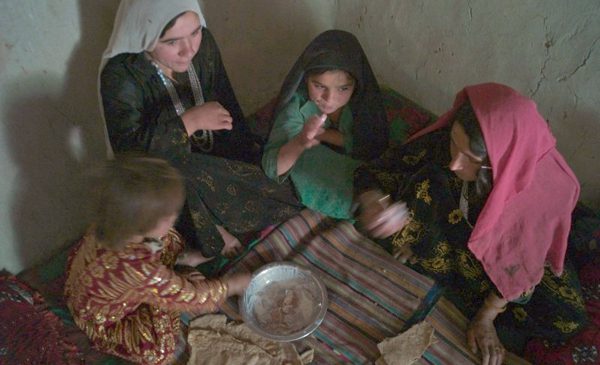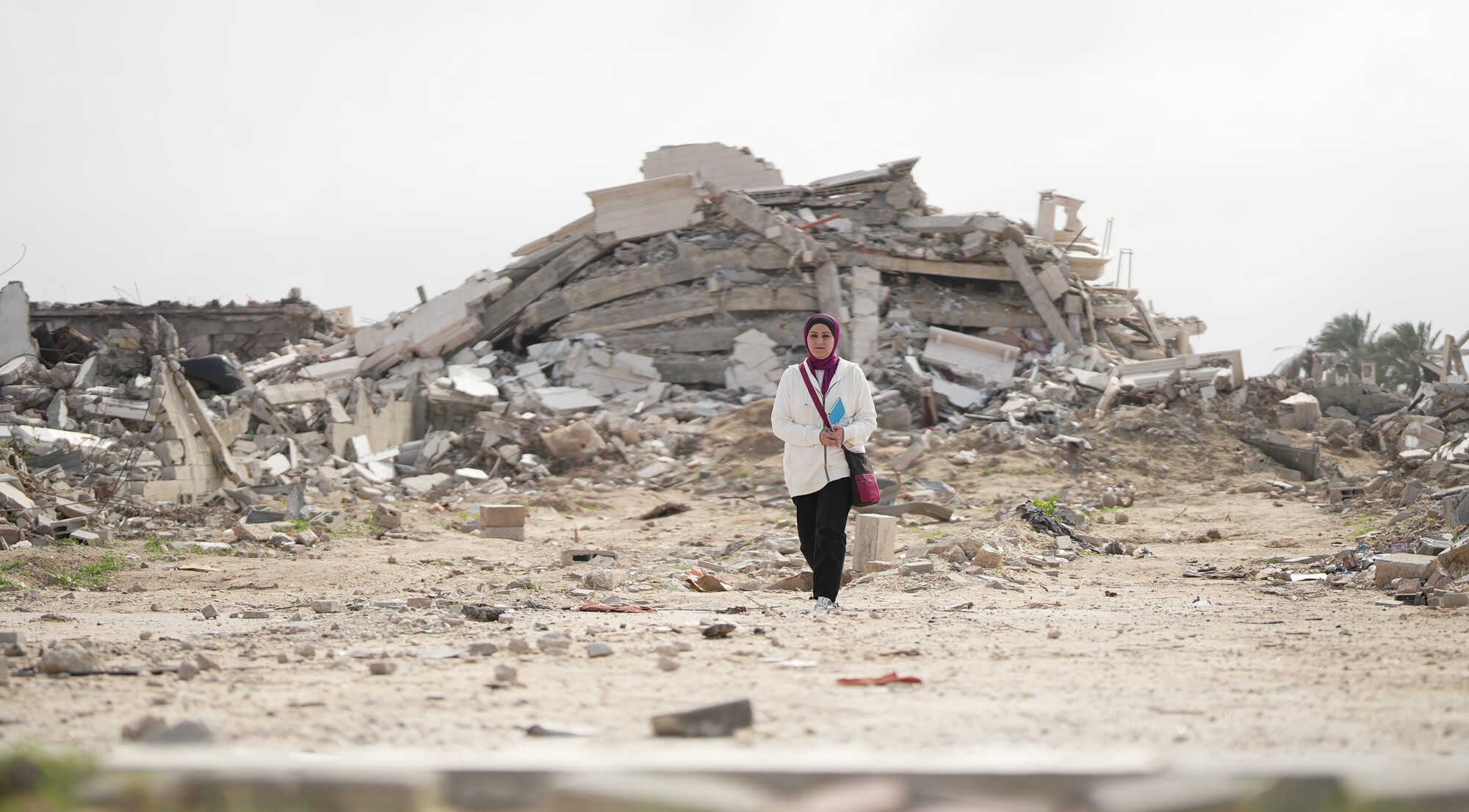Andrew Hewett is the executive director of Oxfam Australia.
Afghans recently voted in their fourth poll since the overthrow of the Taliban in 2001. They did so in a country that continues to be wracked by conflict and persistent poverty. It’s estimated that 42 per cent of the population live below the poverty line, and there has been a 31 per cent increase in civilian deaths in the first six months of this year compared with the same time last year as the conflict has intensified and spread.
Elections are meant to provide an avenue for a nation’s future to be shaped by its people. However, in reality, Afghans have little say in the future direction of their country. This is not only because of the ongoing conflict and the widespread violence and fraud that has typified recent elections, but also because much of the future of Afghanistan is being determined from outside the country – far away from the influence of the people of Afghanistan.
Ninety per cent of Afghanistan’s public expenditure is constituted by aid, giving the international community an enormous impact on the lives of ordinary Afghans. However, most of the international community, including countries such as Australia that have committed troops, have not yet grasped that their aid efforts will be most effective if they are guided by the aspirations of the Afghan people. This means not only helping to build government and its ability to deliver services such as education and health, but also helping to support efforts at the local level so that Afghan people can hold their leaders to account and help to shape the future of their country.
One of the key reasons why investment in Afghanistan largely hasn’t improved people’s lives is that it has not been focused at the local level. As a district governor in Parwan told Oxfam recently, “there is no government in most of the country, only communities and people. And the people in these communities are the only hope for change. They need to be trained and educated, so that they can improve their own situation.”
Yet the bulk of international aid to Afghanistan continues to be channelled towards multilateral institutions, state building and military-led reconstruction efforts that have relatively low community participation and control.
This includes Australia’s aid to Afghanistan. Afghanistan is on track to be the fourth largest bilateral recipient of Australia’s official development assistance. Most of this money has been channelled through UN agencies and the World Bank. Between 2005 and 2009 less than 1 per cent went directly to Afghan non-government organisations that work with communities at a local level, and only about 7 per cent went to international NGOs that are capable of supporting humanitarian and community development efforts at a local level.
Since late 2006 the Australian Defence Force (ADF) has also separately administered a substantial amount of funding towards reconstruction in Tarin Kowt, the provincial capital of Uruzgan, where Australian troops are based. These efforts have involved building schools, rehabilitating hospitals and other large infrastructure projects. This approach reflects the broader counterinsurgency strategy of international forces in Afghanistan. Pioneered in Iraq, the strategy is now being pursued in Afghanistan through the use, among other things, of “quick impact projects” designed to win the hearts and minds of the Afghan people and ultimately win the war.
Unfortunately, development projects implemented with military money or through military-dominated structures often do not have sufficient community involvement to make them sustainable. The military is simply not designed to do this community level work, and the “quick impact” nature of the projects means they are not designed to create lasting change. One Afghan recently said to an Oxfam staff member in Afghanistan after eight years of “quick impact” projects and little to show: “Afghans deserve better than this.”
Evidence is also emerging to suggest that military reconstruction efforts may also put Afghan lives further at risk, as military-led projects quickly become a target for anti-government elements. Afghans know this. A local official recently said, “We are very poor and need development projects but we know that wherever the international forces go, the Taliban follow them.”
A 2009 study by CARE, the Afghan Ministry of Education and the World Bank found that schools supported or constructed by military-dominated Provincial Reconstruction Taskforces were perceived by Afghans to be at higher risk of being attacked than civilian-constructed schools.
Lasting solutions in Afghanistan will not be born out of quick fixes or Band-Aid solutions. Without the involvement of Afghan people, international efforts are unlikely to have lasting impact and any process to establish peace risks being superficial and unsustainable.
This article originally appeared in The Age.



